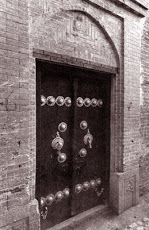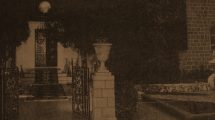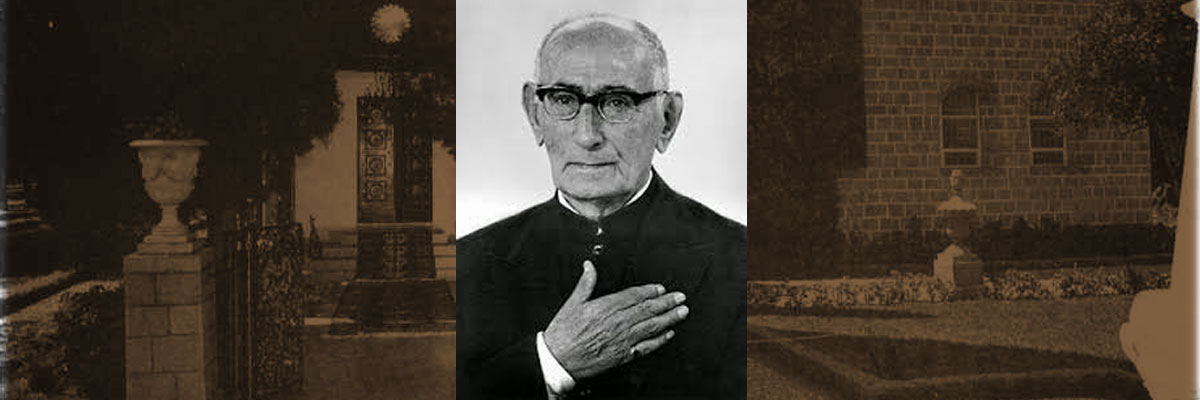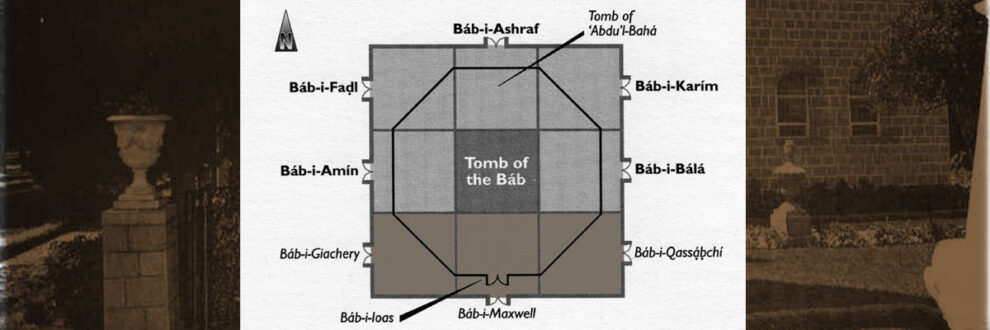 Ustad Aqa Bala
Ustad Aqa Bala
Born: Unknown
Death: Unknown
Place of Birth: Baku, Russia
Location of Death: Unknown
Burial Location: No cemetery details
This facility, known as the Great Bathhouse, was the cleanest and best organised Turkish bath at that time. When I visited it some four years ago, the building had completely deteriorated and had therefore been abandoned. In any case, the invitation to the bathhouse did not lead to a regular once a-week or twice-a-month event, and so after further consultation with the Haji we agreed that the architect Aqa Bala, who was in ‘Akka on pilgrimage at the time, should beg ‘Abdu’l-Bahá‘s permission to build a small bath in His house. And so he submitted his request. Since he was one of the pure in heart, his request was granted. He immediately obtained the required construction materials and set out to build the facility under the stairs of the biruni area. He also wrote to the Bahá’ís in Beirut asking them to purchase a metal bathtub, as well as the other materials required, and to ship them as soon as possible. One night, only three days after work had started, when all the friends were in the presence of the Master, ‘Abdu’l-Bahá suddenly said, “Jinab-i-Ustad Aqa Bala, is the bath completed?” The architect anxiously replied, “No, Beloved, I am working on it, but there is no news from Beirut yet.” “Well then, when will it be finished?” ‘Abdu’l-Bahá enquired. I cannot quite remember how Aqa Bala responded to that question, but suddenly ‘Abdu’l-Bahá smiled broadly and remarked, “The story of you and I resembles the story of an Arab who went about without a hat for three years. In the streets and marketplace, in cold weather or hot, in rain or snow, he was without a head covering. A philanthropist, feeling sorry for him, decided to buy him a turban and so he took the Arab to a shop to buy the fabric. As soon as the salesman brought out the fabric roll to measure the length required, the bareheaded Arab suddenly grabbed the end of the fabric and began to wrap it around his head, without allowing the salesman to cut the proper length.
“Wait, let me measure the material,” complained the salesman.
“How long am I supposed to wait? If I wait any longer I will catch my death of cold” protested the Arab.
‘Abdu’l-Bahá’ named one of the exterior doors to the Shrine of Bab after Ustad Aqa Bala. Named Bab-i-Bala. Two doors, one facing north towards ‘Akka and the other on the eastern side of the Shrine. They are named for Ustad Aqa ‘Ali-Ashraf and Ustad Aqa Bala, sons of Mulla Abu-Talib. These two brothers were master-masons who went on pilgrimage from their native town of Baku, Russia, and with ‘Abdu’l-Bahá’s permission remained for some time in the Holy Land. During this period, they devoted their efforts to the construction of the Shrine and offered financial contributions towards the project.
Source:
Afroukhteh, Youness. “Memories of Nine Years in Akka“, Translated by Riaz Masrour p.273
Image:
Baha’i World Centre Archives






